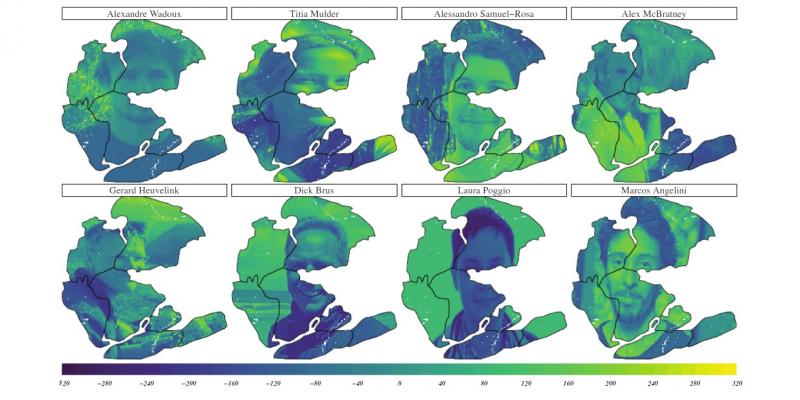Two ISRIC co-authored articles selected for EJSS Editor’s Choice list
Two articles co-authored by ISRIC – World Soil Information scientists were recently selected for the European Journal of Soil Science Editor’s Choice 2021 list. The articles address important and timely digital soil mapping topics related to machine learning:
Alexandre M. J.-C. Wadoux, Alessandro Samuel-Rosa, Laura Poggio, Vera Leatitia Mulder. A note on knowledge discovery and machine learning in digital soil mapping. 2019. European Journal of Soil Science. https://doi.org/10.1111/ejss.12909
Gerard B. M. Heuvelink, Marcos E. Angelini, Laura Poggio, Zhanguo Bai, Niels H. Batjes, Rik van den Bosch, Deborah Bossio, Sergio Estella, Johannes Lehmann, Guillermo F. Olmedo, Jonathan Sanderman. 2020. Machine learning in space and time for modelling soil organic carbon change. European Journal of Soil Science. https://doi.org/10.1111/ejss.12998
These were among the 19 articles on Editor’s Choice list which reflects: “...the variety of papers from around the world that are providing novel insights into the physics, chemistry and biology that underpin soil processes, and are directly applicable to decision-making in the real world.”
The two ISRIC-authored articles underscore important themes of machine learning discussions within the digital soil mapping.
In “A note on knowledge discovery and machine learning in digital soil mapping,” the authors explain that machine learning needs to be used carefully because you can get very good results using pseudo-covariates, such as images of people’s faces, which are meaningless and not related to soil-forming factors or processes.
In “Machine learning in space and time for modelling soil organic carbon change,” authors show that machine learning algorithms are suitable for mapping spatial and temporal variation in soil organic carbon. But they also point out that uncertainties are large and at the moment too large to detect soil organic carbon stock changes over time at high resolution from a national dataset.
At ISRIC, we continue to work on developing models that improve prediction accuracy and provide more insight into the mechanics behind soil spatial and temporal variation.
Note: Gerard Heuvelink is a Deputy Editor of EJSS but was not involved in the selection of the 19 papers.
